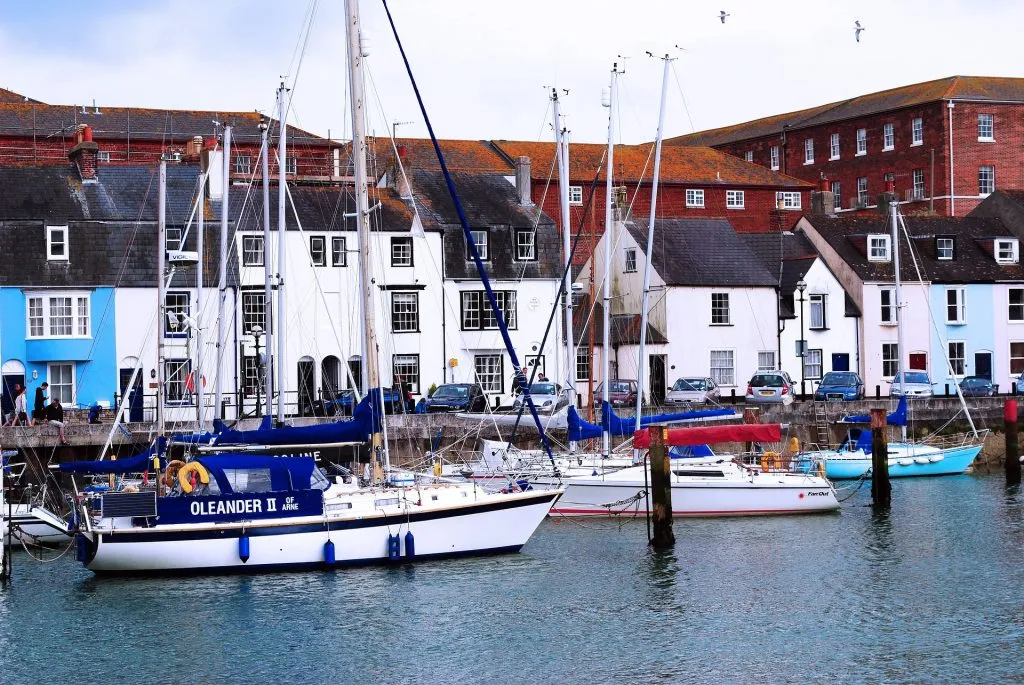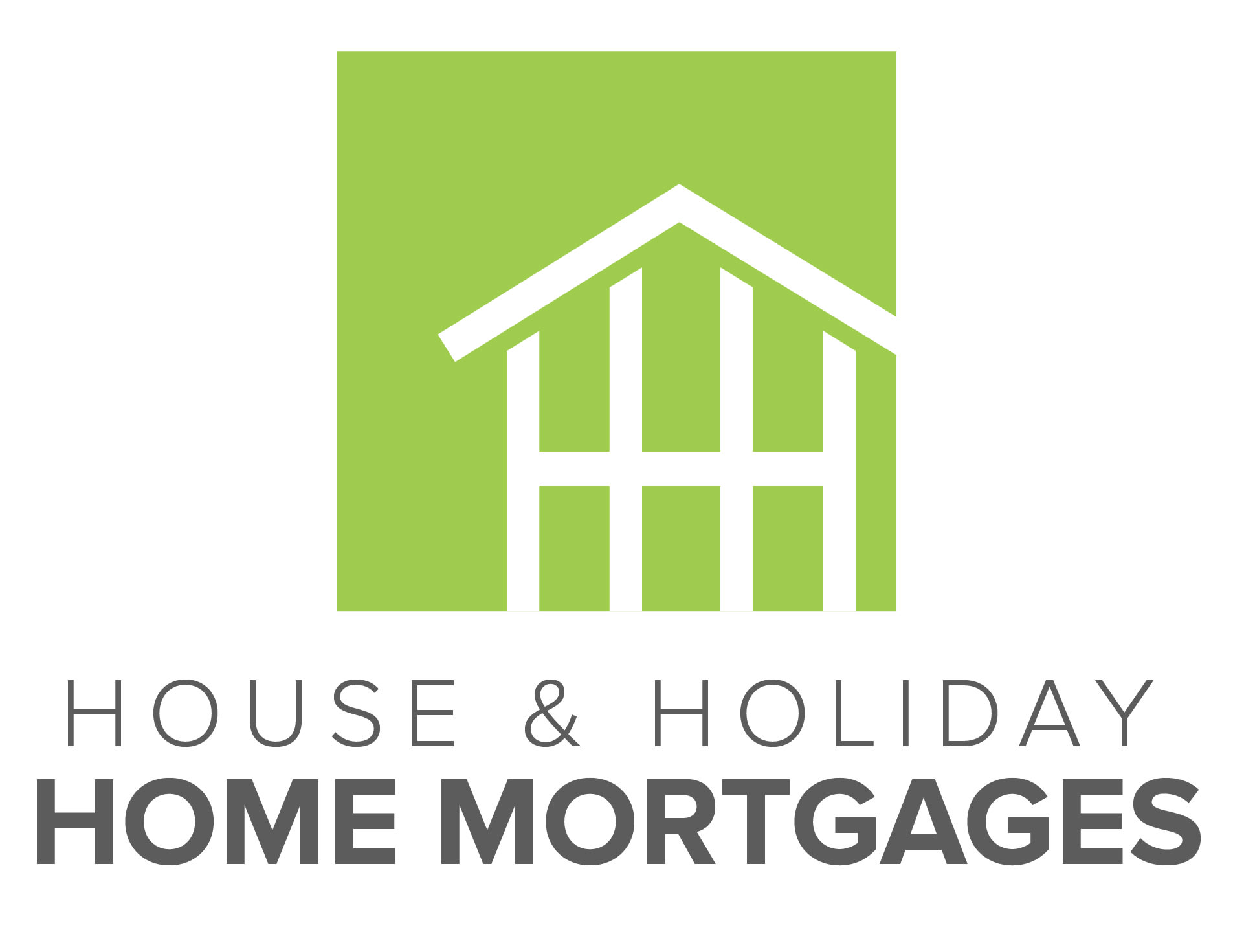What’s the difference? Holiday Let Vs Buy-to-Let mortgage.

WHAT’S A BUY-TO-LET PROPERTY?
For a start, a buy-to-let property is usually rented out all year round.
So, if you’re looking to buy a property with a view to:
· Renting it out to tenants on long-term contracts — 6-12 months,
- Not living in the property yourself.
- Maintaining it to a suitable standard.
- Furnishing it well enough to allow for occupation.
· Managing it through an agency or doing it yourself…
You’ll almost certainly need a buy-to-let mortgage. This is a specialist mortgage. And it only applies to long-term lets of this kind.
There are a couple of things to think about when taking out this type of mortgage.
For a start, you’ll probably need a higher deposit than you would for a residential mortgage – often somewhere north of 15%. But the more you put in, then the more options you’ll tend to have.
Also, generally, you should already be a homeowner.
On top of that, many lenders expect you to have an earned income of some kind, although there are exceptions to those rules.
However, most lenders will consider a lot of other things besides.
For example, one of the most important aspects is the amount of rental income you’re expecting to make on the property.
The rent needs to pay the mortgage — and more.
Most lenders want to see evidence you can cover your mortgage by around 125-145%. And at a higher interest rate to allow for potential rate rises during ownership.
This means your potential income should be at least 125% of the mortgage you’ll have to pay each month.
Ask us for more information about this, and we’ll advise you on your specific circumstances.
One thing to note is that buy-to-let mortgages can often be interest only – but there should be other options available if that doesn’t suit your investment strategy.
There are loads of variations. So, make sure to find out as much as you can. And of course, different lenders have different requirements, so if this is something you want to do, discuss it with a mortgage advisor to find out more.
WHAT KIND OF MORTGAGE DOES A BUY-TO-LET PROPERTY NEED?

As you’ve seen, most lenders have stricter criteria than for residential mortgages.
That’s because it’s going to be rented out long-term to tenants.
Therefore, it makes sense to make sure the property you’re looking at is in a place where people want to live and can work.
If you’re looking to buy in a university town, and thinking of letting it out to students, there are lots of rules and restrictions. You should take some time to find out about these as you research what kind of mortgage you’ll need.
For the most part, if you’re just thinking about an ordinary buy-to-let, most lenders expect you to already be an owner-occupier.
You’ll probably need a deposit of around 15-25%.
And remember, this type of mortgage can be interest only.
What is a holiday let property?
A holiday let is a second property that you own.
It’s a place you don’t live in — but ideally, you’d like to stay there occasionally.
And your plan is to rent it out to visitors and tourists on a short-term basis.
This means it must be in a place that’s popular with visitors. It could be:
- a seaside town,
- rural retreat,
- city location near theatres etc,
- · or somewhere with great historical significance.
When you’re searching for a holiday let property, you might be thinking about retiring there later.
This is often the case, especially if it’s somewhere you’ve always enjoyed spending family holidays.
In that case, have a chat with a mortgage adviser who’s an expert in holiday let mortgages. They can help you plan to make your dreams a reality.
WHAT KIND OF MORTGAGE DOES A HOLIDAY LET NEED?
To begin with, you’ll need a completely different mortgage from a buy-to-let. For the sake of argument, it’ll be a bit like a buy-to-let mortgage – but definitely not a buy-to-let mortgage.
If you have a mortgage on a property already, and you would like to turn it into a holiday home/holiday letting property – find out what you need to do in terms of your mortgage.
Making the right changes can save you a whole raft of headaches later.
Here are the main things a mortgage lender will be looking at in terms of a holiday let property:
- It must be furnished and available to let for at least 210 days per year.
- There’s a limit to how long you can stay there – often between 60-90 days depending on your mortgage lender.
- It’s rented out on a short-term basis to visitors – usually 105 days or more a year – although this varies depending on where it is in the UK.
- You’ll get an income from the property.
- You should talk to a tax advisor to find out what the implications might be.
- You’ll need a specialist mortgage…
MAIN DIFFERENCE BETWEEN THE BUY-TO-LET AND HOLIDAY LET MORTGAGES…
The main difference between the two types of mortgage rest in exactly how you intend to rent the property out.
For a buy-to-let, you’re looking at long-term lets to tenants. Those tenants are often stable over time.
And in the case of a holiday let, you’ll be letting it out to visitors for short stays, and for a required number of days per year.
Also, if you want to buy a holiday let property, you’ve got the option of staying in it yourself for a certain number of days or weeks per year.
There’s lots to think about.
In the end, it’s up to you to make a decision based on your needs, wants, and future goals.
If you’d like to know about a holiday let mortgage, you can download our free eBook here…

